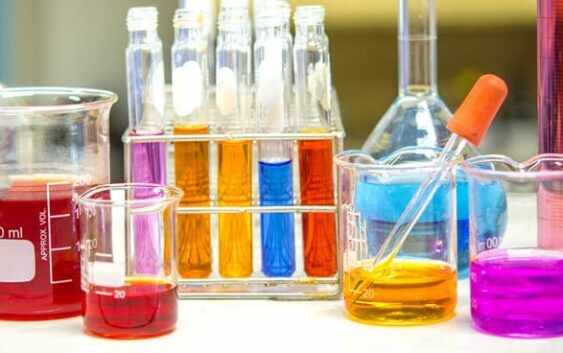5 Safety Tips For Handling Laboratory Chemicals

Handling chemicals in a laboratory setting presents numerous risks, including burns, poisoning, explosions, and respiratory issues. Implementing stringent safety protocols mitigates these dangers, ensuring a secure working environment conducive to productive experimentation. Adopting the following safety tips from top laboratory chemical suppliers in Dubai for managing laboratory chemicals fortifies precautionary measures, bolstering personal security and safeguarding communal spaces.
Don personal protective equipment (PPE):
Always don appropriate PPE before engaging with chemical substances. Mandatory attire includes lab coats, gloves, safety glasses or goggles, and closed-toe shoes. Depending on specific tasks, additional gear like face masks, fume hoods, or full-body suits may be necessary. Never compromise comfort or mobility, as restricted movements heighten mishandling probabilities.
Read labels carefully:
Thoroughly peruse chemical labels prior to utilization, familiarizing yourself with pertinent particulars like composition, hazard classifications, and recommended handling practices. Heed warning symbols, signal words, pictograms, and precautionary statements to gauge relative danger levels and adopt commensurate vigilance. Consult material safety data sheets (MSDS) for exhaustive substance profiles, listing physiochemical traits, toxicological data, ecological impact, and first aid measures.
Store chemicals properly:
Optimal chemical organization mandates segregation according to compatibility groups, categorized by reactivity patterns and storage stipulations. Position flammables away from ignitable sources, maintain proper ventilation, and monitor ambient temperatures to preserve stability. Secure containers tightly shut when not in active use, inspect regularly for signs of leakage or deterioration, and discard expired specimens appropriately.
Minimize direct contact:
Avoid direct skin, eye, or respiratory contact whenever possible. Exploit engineering controls like fume hoods, glove boxes, or remote manipulators to contain volatile emissions, splashes, sprays, or airborne particulates. Whenever manual intervention becomes vital, exercise utmost caution, limiting exposures to brief intervals and exercising defensive gestures.
Use appropriate containers:
Transfer chemicals solely into designated receptacles explicitly approved for specified uses. Ensure compatibility between container materials and contained substances, avoiding mismatched pairings susceptible to unwanted reactions. When decanting unknown quantities, default to smaller volumes until accurate measurements can be determined, averting wastages and accidental spills.
Gradual execution diminishes likelihood of uncontrolled escalations, affording ample opportunity to respond adeptly to emergent developments. Introduce reagents sequentially, permitting sufficient equilibration phases throughout titrations, precipitations, extractions, or syntheses. Steady pacing allows closer monitoring, promoting early detection of anomalous behaviors indicative of imminent hazards.